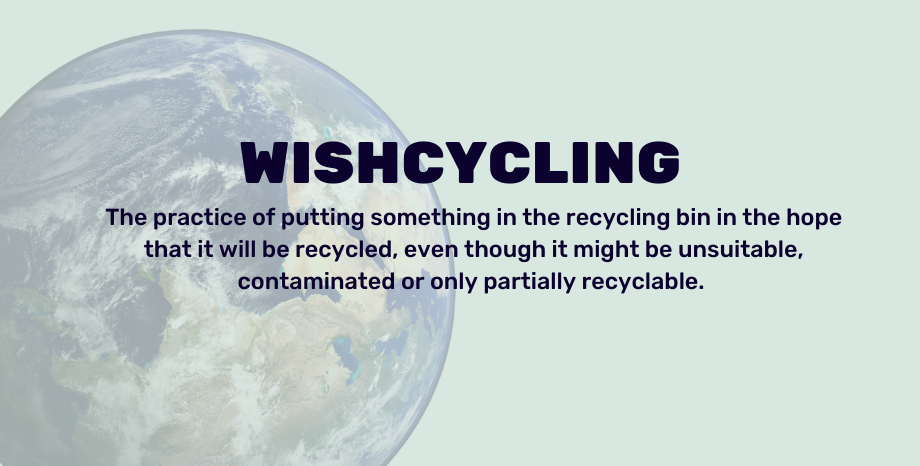What is the difference between biodegradable and compostable?
The primary difference between compostable and biodegradable is that compostable products require a specific setting in order to break down, whereas biodegradable products break down naturally.
There is a little more to it, so if you are looking for an eco-friendly paper or packaging option for your next marketing campaign it’s worth reading on.
Excuse the pun but let’s break it down…
Biodegradable items refer to just any material which breaks down and decomposes in the environment, it will break down naturally, but there's no timeframe.
While Compostable items are specifically organic matter which breaks down, the end product has many beneficial uses which include fertilizing and improving soil health.
Compostable packaging is developed to break down within 6 – 12 weeks in optimal conditions (composting at home or industrial facilities). Good quality compostable packaging is tested, certified and complies with BS EN 13432.
.png?width=920&name=What%20is%20the%20difference%20(1).png)
In summary, both of these kinds of products are better for the environment than plastic products that can take hundreds of years to disintegrate.
If you are choosing one of these options for your printed marketing and packaging it’s worthwhile letting your customers know by putting the information on a sticker or printed card. We recommend going that step further and rather than just labelling it as '100% biodegradable' or '100% compostable' educate your customer on what they need to do with the item in order to reduce their carbon footprint and look after the planet.
We can all be guilty of 'wishcycling' from time to time, usually when we are in a rush and unsure how to correctly dispose of our waste. Giving clear guidance could be extremely helpful, if your brand or product is an eco-conscious one the chances are your customers are too and this information will be well received and encourage brand loyalty.

All non-glossy, uncoated paper can be added to a home compost heap. As can paper with low-quality fibres, such as paper towels and toilet paper. Paper waste even absorbs excess water, which is of great benefit to a healthy compost heap. Glossy, laminated or other plastic treated papers aren't generally compostable
Pela a brand that has made the world’s first 100% compostable phone case (well done) have created this super helpful 'Composting for Beginners' guide that is worth checking out if you want to know more about how it works.
Know Who to Trust With Your Printing Requirements
Being environmentally friendly won't impact the print quality and it can be a huge benefit for your business. But first, you need to know what to look out for. This checklist is the perfect companion for print buyers and marketing professionals. We've made it easier to decide what you need out of your print to ensure you're making the best decision possible for the planet and your business.
Click the button below to get started today.
